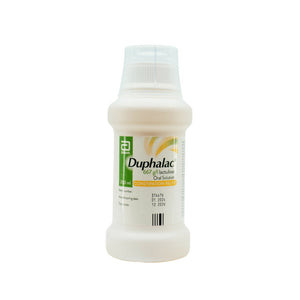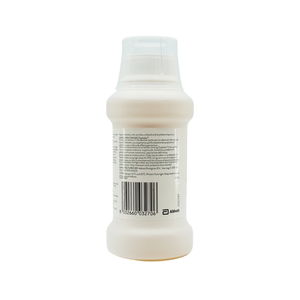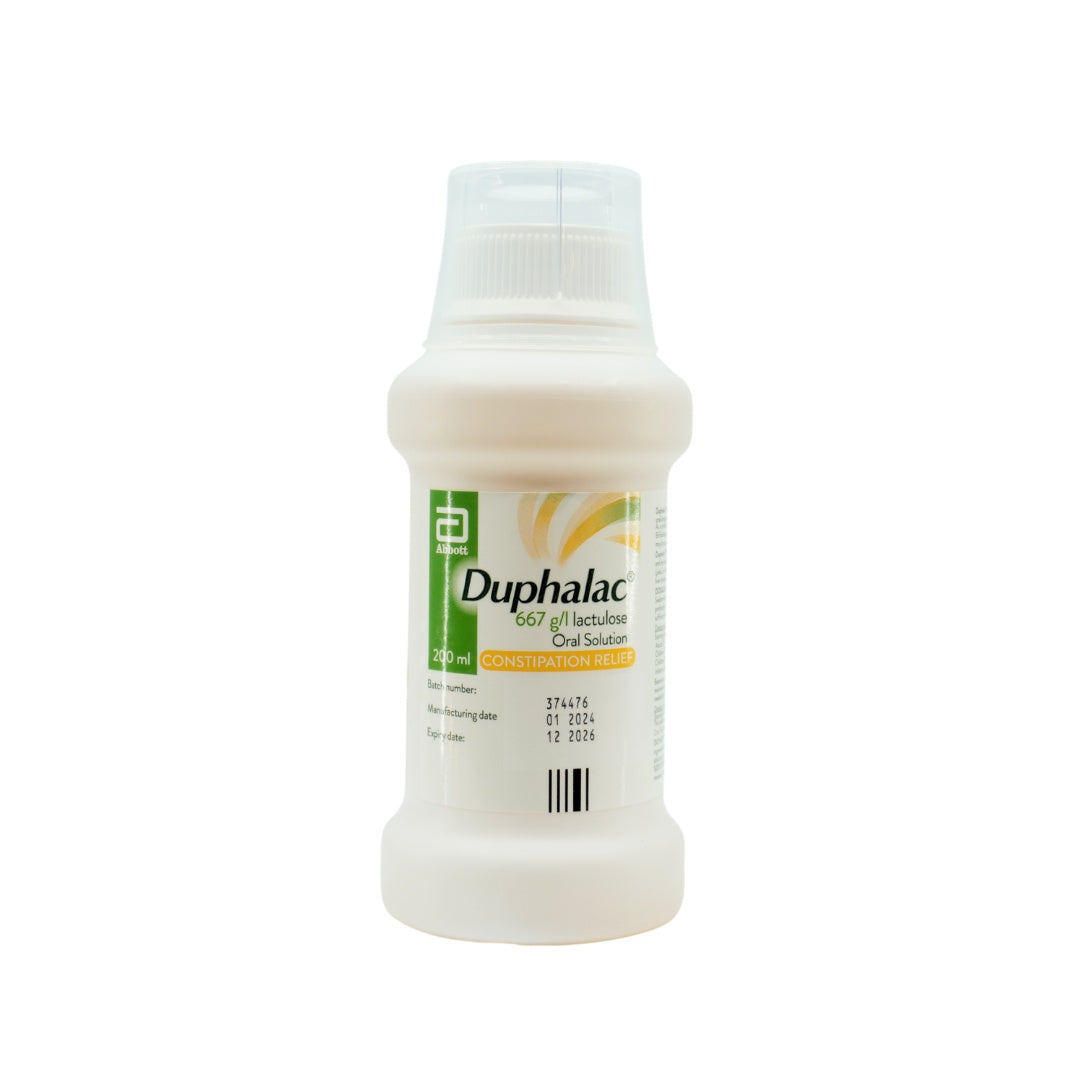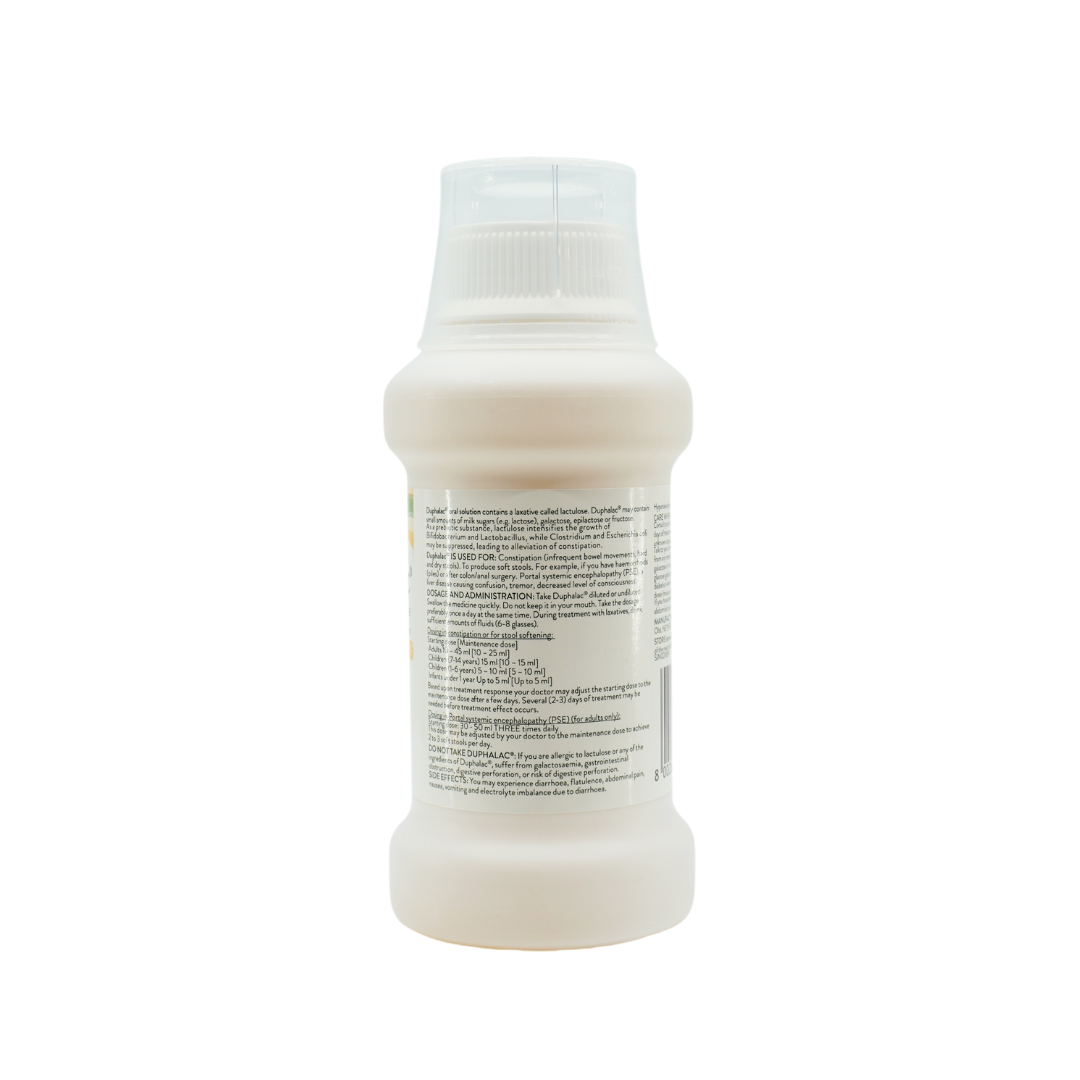






📦 Standard Delivery – $3 (1 to 3 working days)
✅ Free Delivery for all orders above $30 Delivers within 1 to 3 working days
⚡ Express Delivery – $12 Delivered within 3-5 hours on delivery days if order is approved before 3pm. Orders approved after 3 pm will be delivered the next working day.
⚡ Super Express Delivery – $18 Delivered within 90 minutes on delivery days if order is approved before 3pm. Orders approved after 3 pm will be delivered the next working day.
📦 Standard Delivery – $3 (1 to 3 working days)
✅ Free Delivery for all orders above $30 Delivers within 1 to 3 working days
⚡ Express Delivery – $12 Delivered within 3-5 hours on delivery days if order is approved before 3pm. Orders approved after 3 pm will be delivered the next working day.
⚡ Super Express Delivery – $18 Delivered within 90 minutes on delivery days if order is approved before 3pm. Orders approved after 3 pm will be delivered the next working day.
Glovida RX is a HSA-registered pharmacy
LICENCE NO. MCPH2500131
Item Description
Abbott Duphalac Lactulose Oral Solution provides relief for chronic constipation, little absorption into body and suitable for long term use. Contains laxative called lactulose and may contain small amounts of milk sugars (e.g. lactose), galactose, epilactose or fructose. As a prebiotic substance, lactulose intensifies the growth of Bifidobacterium and Lactobacillus, while Clostridium and Escherichia coli may be suppressed, leading to alleviation of constipation.
Benefits and Uses
- Relief for chronic constipation
- Effective laxative with prebiotic effect for natural long-term bowel regulation with no preservative and its non habit forming
Contents
677g/ Lactulose Solution
Made in Netherland
Directions for Use
Take Duphalac diluted or undiluted. Swallow the medicine quickly. Do not keep it in the mouth. Take the dosage preferably once a day at the same time. During treatment with laxatives, drink sufficient amounts of fluids (6 to 8 glasses).
Dosing in constipation or for stool softening:
Adults 10 - 45 ml [10 - 25 ml]
Children (7-14 years) 15 ml [10 -15 ml]
Children (1-6 years) 5 - 10 ml [5 - 10 ml]
Infants under 1 year Up to 5 ml [Up to 5 ml]
Based upon treatment response the doctor may adjust the starting dose to the maintenance dose after a few days.
How long does it take for Duphalac to work?
Several (2-3) days of treatment may be needed before treatment effect occurs.
Dosing in Portal systemic encephalopathy (PSE) (for adults only):
Starting dose: 30 - 50 ml THREE times daily.
This dose may be adjusted by the doctor to the maintenance dose to achieve 2 to 3 soft stools per day.
Storage/ Caution
DO NOT TAKE DUPHALAC: If the patient is allergic to lactulose or any of the ingredients of Duphalac, suffer from galactosemia, gastrointestinal obstruction, digestive perforation, or risk of digestive perforation.
Item Description
Abbott Duphalac Lactulose Oral Solution provides relief for chronic constipation, little absorption into body and suitable for long term use. Contains laxative called lactulose and may contain small amounts of milk sugars (e.g. lactose), galactose, epilactose or fructose. As a prebiotic substance, lactulose intensifies the growth of Bifidobacterium and Lactobacillus, while Clostridium and Escherichia coli may be suppressed, leading to alleviation of constipation.
Benefits and Uses
- Relief for chronic constipation
- Effective laxative with prebiotic effect for natural long-term bowel regulation with no preservative and its non habit forming
Contents
677g/ Lactulose Solution
Made in Netherland
Directions for Use
Take Duphalac diluted or undiluted. Swallow the medicine quickly. Do not keep it in the mouth. Take the dosage preferably once a day at the same time. During treatment with laxatives, drink sufficient amounts of fluids (6 to 8 glasses).
Dosing in constipation or for stool softening:
Adults 10 - 45 ml [10 - 25 ml]
Children (7-14 years) 15 ml [10 -15 ml]
Children (1-6 years) 5 - 10 ml [5 - 10 ml]
Infants under 1 year Up to 5 ml [Up to 5 ml]
Based upon treatment response the doctor may adjust the starting dose to the maintenance dose after a few days.
How long does it take for Duphalac to work?
Several (2-3) days of treatment may be needed before treatment effect occurs.
Dosing in Portal systemic encephalopathy (PSE) (for adults only):
Starting dose: 30 - 50 ml THREE times daily.
This dose may be adjusted by the doctor to the maintenance dose to achieve 2 to 3 soft stools per day.
Storage/ Caution
DO NOT TAKE DUPHALAC: If the patient is allergic to lactulose or any of the ingredients of Duphalac, suffer from galactosemia, gastrointestinal obstruction, digestive perforation, or risk of digestive perforation.
Duphalac Lactulose Oral Solution 200ml
906 Sold
- Regular price
- $7.13
- Sale price
- $7.13
- Regular price
- 45 % OFF

📦 Standard Delivery – $3 (1 to 3 working days)
✅ Free Delivery for all orders above $30 Delivers within 1 to 3 working days
⚡ Express Delivery – $12 Delivered within 3-5 hours on delivery days if order is approved before 3pm. Orders approved after 3 pm will be delivered the next working day.
⚡ Super Express Delivery – $18 Delivered within 90 minutes on delivery days if order is approved before 3pm. Orders approved after 3 pm will be delivered the next working day.
📦 Standard Delivery – $3 (1 to 3 working days)
✅ Free Delivery for all orders above $30 Delivers within 1 to 3 working days
⚡ Express Delivery – $12 Delivered within 3-5 hours on delivery days if order is approved before 3pm. Orders approved after 3 pm will be delivered the next working day.
⚡ Super Express Delivery – $18 Delivered within 90 minutes on delivery days if order is approved before 3pm. Orders approved after 3 pm will be delivered the next working day.
Glovida RX is a HSA-registered pharmacy
LICENCE NO. MCPH2500131
Item Description
Abbott Duphalac Lactulose Oral Solution provides relief for chronic constipation, little absorption into body and suitable for long term use. Contains laxative called lactulose and may contain small amounts of milk sugars (e.g. lactose), galactose, epilactose or fructose. As a prebiotic substance, lactulose intensifies the growth of Bifidobacterium and Lactobacillus, while Clostridium and Escherichia coli may be suppressed, leading to alleviation of constipation.
Benefits and Uses
- Relief for chronic constipation
- Effective laxative with prebiotic effect for natural long-term bowel regulation with no preservative and its non habit forming
Contents
677g/ Lactulose Solution
Made in Netherland
Directions for Use
Take Duphalac diluted or undiluted. Swallow the medicine quickly. Do not keep it in the mouth. Take the dosage preferably once a day at the same time. During treatment with laxatives, drink sufficient amounts of fluids (6 to 8 glasses).
Dosing in constipation or for stool softening:
Adults 10 - 45 ml [10 - 25 ml]
Children (7-14 years) 15 ml [10 -15 ml]
Children (1-6 years) 5 - 10 ml [5 - 10 ml]
Infants under 1 year Up to 5 ml [Up to 5 ml]
Based upon treatment response the doctor may adjust the starting dose to the maintenance dose after a few days.
How long does it take for Duphalac to work?
Several (2-3) days of treatment may be needed before treatment effect occurs.
Dosing in Portal systemic encephalopathy (PSE) (for adults only):
Starting dose: 30 - 50 ml THREE times daily.
This dose may be adjusted by the doctor to the maintenance dose to achieve 2 to 3 soft stools per day.
Storage/ Caution
DO NOT TAKE DUPHALAC: If the patient is allergic to lactulose or any of the ingredients of Duphalac, suffer from galactosemia, gastrointestinal obstruction, digestive perforation, or risk of digestive perforation.
Item Description
Abbott Duphalac Lactulose Oral Solution provides relief for chronic constipation, little absorption into body and suitable for long term use. Contains laxative called lactulose and may contain small amounts of milk sugars (e.g. lactose), galactose, epilactose or fructose. As a prebiotic substance, lactulose intensifies the growth of Bifidobacterium and Lactobacillus, while Clostridium and Escherichia coli may be suppressed, leading to alleviation of constipation.
Benefits and Uses
- Relief for chronic constipation
- Effective laxative with prebiotic effect for natural long-term bowel regulation with no preservative and its non habit forming
Contents
677g/ Lactulose Solution
Made in Netherland
Directions for Use
Take Duphalac diluted or undiluted. Swallow the medicine quickly. Do not keep it in the mouth. Take the dosage preferably once a day at the same time. During treatment with laxatives, drink sufficient amounts of fluids (6 to 8 glasses).
Dosing in constipation or for stool softening:
Adults 10 - 45 ml [10 - 25 ml]
Children (7-14 years) 15 ml [10 -15 ml]
Children (1-6 years) 5 - 10 ml [5 - 10 ml]
Infants under 1 year Up to 5 ml [Up to 5 ml]
Based upon treatment response the doctor may adjust the starting dose to the maintenance dose after a few days.
How long does it take for Duphalac to work?
Several (2-3) days of treatment may be needed before treatment effect occurs.
Dosing in Portal systemic encephalopathy (PSE) (for adults only):
Starting dose: 30 - 50 ml THREE times daily.
This dose may be adjusted by the doctor to the maintenance dose to achieve 2 to 3 soft stools per day.
Storage/ Caution
DO NOT TAKE DUPHALAC: If the patient is allergic to lactulose or any of the ingredients of Duphalac, suffer from galactosemia, gastrointestinal obstruction, digestive perforation, or risk of digestive perforation.



 for quicker access to medication purchases.
for quicker access to medication purchases.

